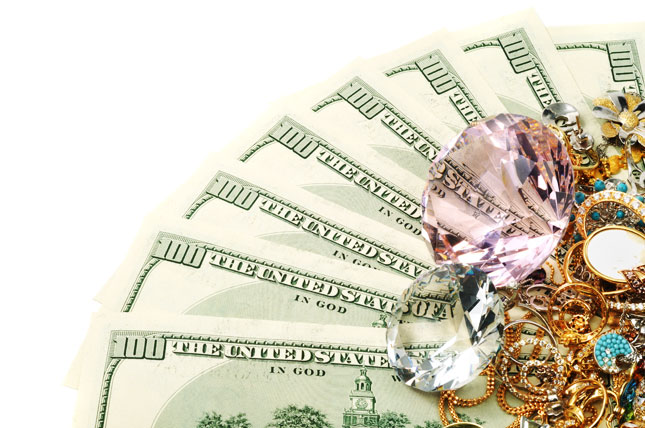On Running Your Shop: Get Cozy with Your GMROI
BY DAVID GELLER

Published in the June 2012 issue.
Understand it, and you’ll know how to make money.
Many jewelers focus on margins exclusively, and then after having a great margin year, they have no money. The GMROI (gross margin return on investment) formula for retailers involves three things:
- Margin
- Turn (how many times in a year all product sells)
- Inventory levels
- Lorem ipsum dolor sit amet consectetur
If you buy 10 $100 chains you will have invested $1,000 in the store. If you get $225 for one chain, you have made $125 in profit, which translates into a 62 percent margin. Yippee!
So, two questions:
1 Did you make money? Yes.
2 Do you have any money? No!
Advertisement
How can you have no money? You owe the chain company $1,000, and you took in $225. Some of you might say, “Yes, but I’ll sell more.” Indeed, you may, but you can’t pay the vendor’s bill until you sell four more chains. Only upon selling chain number five will you have enough profit to pay other bills.
You might think, “I do that all the time, it’s easy,” pointing to the tools you have to help you (a POS system). But in reality, you never use it. Managing inventory is like training your dog for a national dog show.
You let your dog go into the crowd of 5,000 other dogs (similar to the way you put your inventory in a case). Now you can’t see him, you have no clue how he’s doing with the tricks you taught him. Same for product. All of your products are doing something, you just don’t know what. So you must run reports on all inventory, inventory that was sold last year and inventory that was not sold. That’s GMROI.
Want to know the key to having money in a jewelry store? (You know how to make money, this is how to have money.) Ensure that the amount of inventory you keep on hand at cost — not including memo — is no higher than the gross profit from selling it.
So if product sales are $800,000 for a year and at 52 percent margin, you make $416,000 in profits. Then $416,000 is how much inventory you should have on hand on average at all times.
If you have $600,000 in inventory, you have $184,000 too much. That $184,000 of excess inventory is more than likely all over a year old.
Advertisement
That’s the turn — stuff must sell within a year. For each item that takes longer to sell than a year you must have an equal dollar amount that sells faster than a year to offset it.
Selling stuff in one year equals a turn of “1.” That’s our industry’s standard given our margin is about 50 percent. Those who have money know this rule and act on it.
The answer to having money in a jewelry store starts 80 percent of the time with this simple paragraph. Print it and tape it to your monitor:
Now, it’s also quite possible you don’t have enough inventory to offer your customers a good selection. Am I talking out of both sides of my mouth? Not at all. Too much old inventory keeps you from buying fresh product because you don’t have the room in the case and you don’t have the money to pay for it.
So getting rid of outdated inventory will give you money to pay bills, add more quick moving inventory and also give customers new inventory to get excited about. You can only move inventory from one case to the other so many times.
TO HAVE MONEY IN A JEWELRY STORE
Advertisement
1If it sells within six months of buying it, order another one.
2If it is over 1 year old, do anything to get rid of it.
3Once it hits 18 months, make it leave the store. (Scrap if necessary.)
4Rinse, repeat.